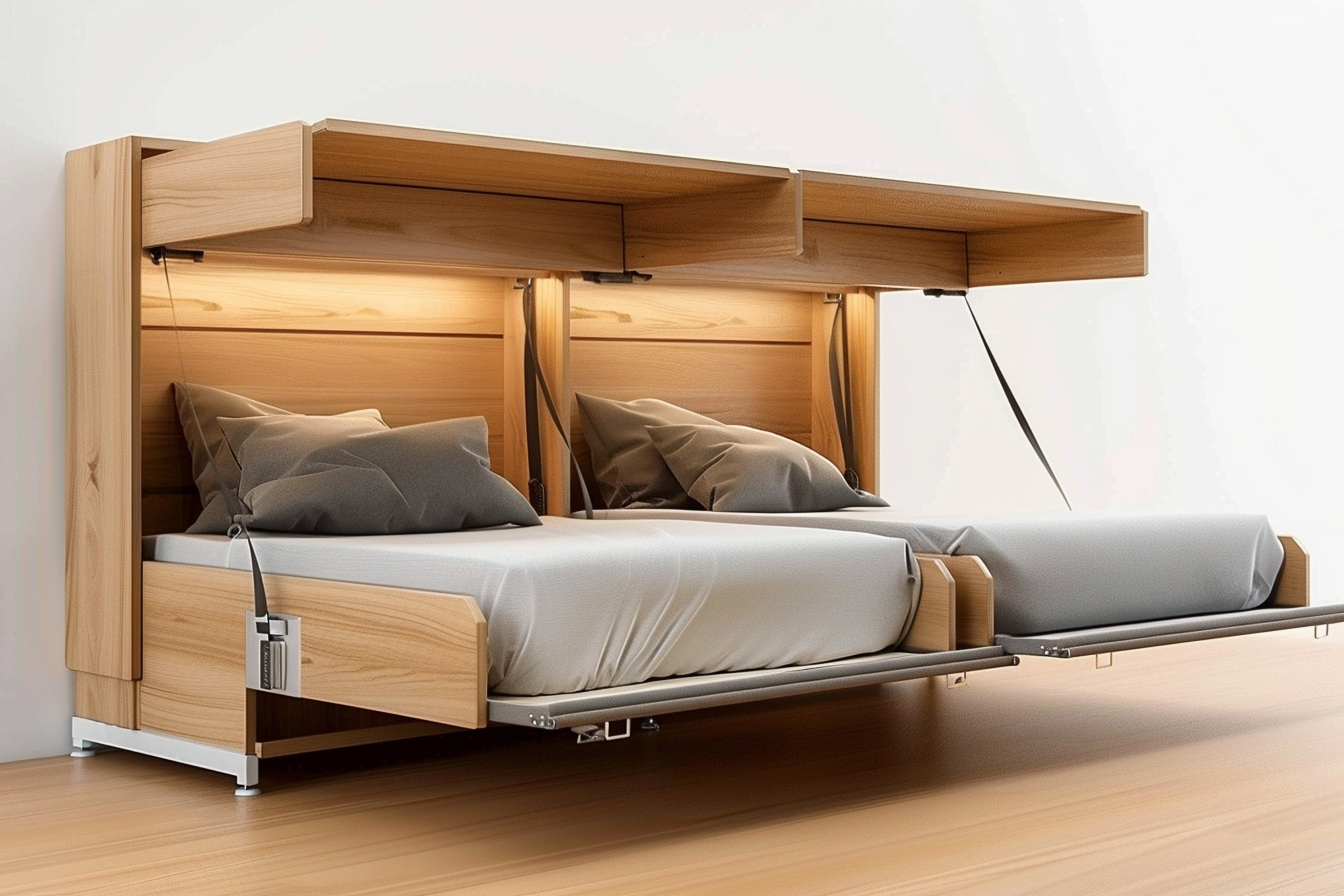Revitalizing Alcoves: Transforming Forgotten Spaces into Chic Sanctuaries
A hidden nook tucked away in the corner, a neglected recess beneath a staircase, an awkward alcove that's always puzzled you—these overlooked spaces in our homes often go unnoticed and underutilized. But what if these forgotten corners could be transformed into captivating focal points, blending functionality with style? Join us as we explore the art of revitalizing alcoves, turning these architectural quirks into chic sanctuaries that elevate your living space and showcase your personality.

Modern interior design has begun to recognize the potential of these architectural features, viewing them not as challenges but as canvases for innovation. From reading nooks to home offices, bar areas to meditation spaces, alcoves can be reimagined to suit various lifestyles and needs. The key lies in understanding the space’s dimensions, natural light exposure, and how it relates to the rest of the room.
Assessing Your Alcove
Before diving into the transformation process, it’s crucial to evaluate your alcove’s characteristics. Start by measuring the dimensions—height, width, and depth. Consider the alcove’s location within the room and how it interacts with natural light sources. Is it near a window, or tucked away in a darker corner? Understanding these factors will help inform your design decisions and ensure that the end result is both aesthetically pleasing and functional.
Next, think about the purpose you want your alcove to serve. Are you looking to create additional storage, a cozy reading nook, or perhaps a compact workspace? Your intended use will guide your design choices, from furniture selection to lighting fixtures and decor elements. Remember, the goal is to maximize the space while creating a cohesive look that complements your existing interior design.
Design Strategies for Small Spaces
When working with alcoves, embracing clever design strategies for small spaces is essential. Built-in shelving is a popular choice, offering customizable storage solutions that can be tailored to fit the alcove’s exact dimensions. Consider incorporating a mix of open shelving and closed cabinets to balance display areas with hidden storage.
For seating areas, opt for furniture that fits snugly within the alcove. A custom-built bench with hidden storage underneath can provide both comfort and functionality. Alternatively, a sleek armchair paired with a small side table can create an inviting reading nook or conversation area.
Lighting plays a crucial role in enhancing alcoves. Install recessed lighting or track lights to illuminate the space evenly, or add a statement pendant light for a touch of drama. For alcoves without access to natural light, consider incorporating mirrors to reflect light and create the illusion of a larger space.
Color and Texture: Making a Statement
One of the most effective ways to transform an alcove is through the strategic use of color and texture. Painting the alcove in a bold hue or applying a striking wallpaper can turn it into a captivating focal point. Consider using a contrasting color to the surrounding walls to create depth and visual interest.
Textural elements can add warmth and dimension to your alcove design. Incorporate plush fabrics, woven baskets, or textured wall coverings to create a tactile experience. A mix of materials—such as wood, metal, and fabric—can add layers of interest and prevent the space from feeling flat or one-dimensional.
Functional Flair: Purpose-Driven Alcove Design
While aesthetics are important, the true beauty of a well-designed alcove lies in its functionality. Home offices have become increasingly popular, and alcoves offer the perfect solution for those seeking a dedicated workspace without sacrificing an entire room. Install a floating desk, add some shelving for storage, and incorporate task lighting to create an efficient home office nook.
For those who love to entertain, consider transforming your alcove into a stylish bar area. Install a small countertop, add some open shelving for glassware display, and incorporate a wine rack or mini fridge. This creates a designated space for mixing drinks and storing bar essentials, elevating your hosting game.
Embracing Versatility: Multi-Functional Alcove Designs
In today’s ever-changing living environments, versatility is key. Design your alcove with adaptability in mind, allowing it to serve multiple purposes as needed. A reading nook that doubles as a guest sleeping area, or a home office that can be easily converted into a crafting station, maximizes the utility of your space.
Consider incorporating furniture pieces that serve dual purposes, such as a desk that folds away when not in use or a storage ottoman that provides both seating and hidden storage. Modular shelving systems allow for easy reconfiguration as your needs change over time.
The Art of Styling: Finishing Touches
Once the structural elements of your alcove transformation are in place, it’s time to focus on the finishing touches that will truly bring the space to life. Curate a collection of decorative objects, books, or artwork that reflect your personal style and complement the alcove’s purpose. Consider incorporating plants to add a touch of nature and improve air quality.
Pay attention to the details—choose hardware, such as drawer pulls or light switches, that align with your overall design aesthetic. Don’t forget about the practical elements like power outlets or USB charging ports, especially if you’re creating a workspace or reading nook.
Embracing the Overlooked
Revitalizing alcoves is about more than just making use of neglected space—it’s about embracing the unique architectural features of your home and turning them into personalized retreats. By applying thoughtful design strategies, considering both form and function, and infusing your personal style, you can transform these often-overlooked nooks into standout features that enhance your living environment.
As we continue to seek ways to maximize our living spaces and create multi-functional homes, alcoves offer a canvas for creativity and innovation. Whether you’re carving out a peaceful reading corner, establishing a productive home office, or designing an eye-catching display area, remember that these small spaces have the potential to make a big impact on your home’s overall aesthetic and functionality.




